
The Pantokrator Monastery or the Zeyrek Mall Mosque (Turkish name: Molla Zeyrek Camii) is a mosque in Istanbul, which is the second largest, after the Hagia Sophia Mosque, a monument of Byzantine architecture preserved from Constantinople.
There is a panoramic cafe with a viewing platform near the mosque.
The monastery is a complex that is known as the Monastery of Christ the Almighty (Christ Pantocrator, Pantokrator Manastırı).
During the history it was an Orthodox monastery, an imperial palace and a mosque.
Today, the complex is listed as a UNESCO World Heritage Site, is the most typical example of the architecture of the Byzantine Middle Period in Constantinople and the second largest religious building built by the Byzantines in Istanbul.
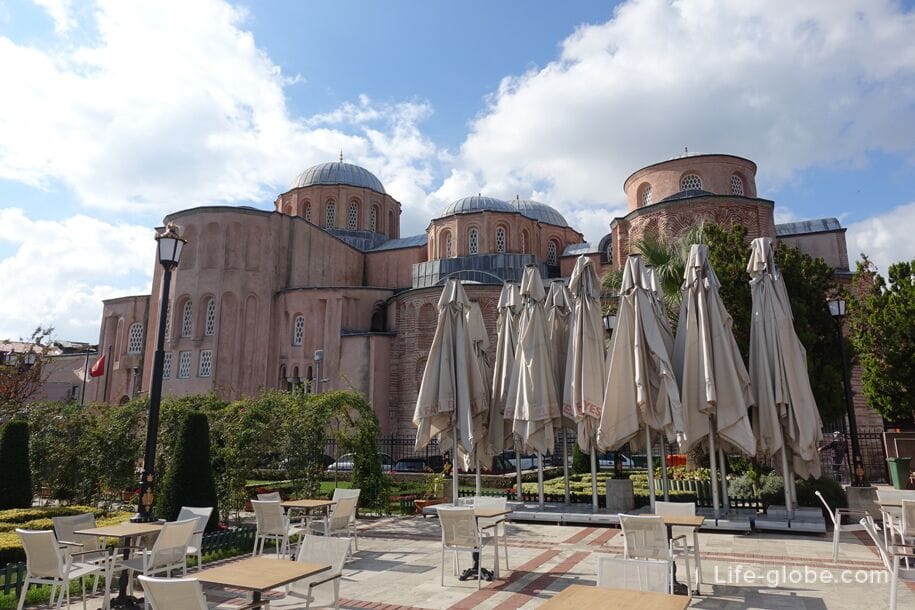
The monastery complex in honor of Christ Pantocrator ("Christ the Almighty") was built starting in 1118 by the Byzantine Empress Irina Komnena. The complex consisted of a church, a library and a hospital. After Irina's death in 1124, the construction of the monastery was continued by Emperor John II, who erected another church to the north of the existing church in honor of the icon of Our Lady of Mercy and connected it (no later than 1136) with the monastery by a covered passage, as well as with the chapel of Michael the Archangel, which became an imperial mausoleum (tomb), where members of the Komnenos and the Paleologos family, as well as Byzantine dignitaries, Emperor John II and his wife Eyren, Empress Bertha of Sulzbach (also known as Eirena and wife of Manuel I Komnenos) and Emperor John V.
The monastery complex was surrounded by a high wall with two gates.
With the establishment of the Latin Empire, the Pantocrator monastery passed into the hands of the Venetian clergy, who placed the famous icon of the Hodegetria in the cathedral church. Emperor Baldwin II also built his palace in the complex. After the expulsion of the Latins from the city, Orthodox life returned to the monastery.
Shortly after the fall of Constantinople, the church building was converted into a mosque, and the monastery was temporarily transformed into a madrasah. The monastery was renamed the Zayrek Mosque, in honor of the sage from the neighboring madrasah.
By the end of the 20th century, the ancient buildings of the complex had fallen into disrepair and were being destroyed, then UNESCO listed it as a World Heritage Site in danger of destruction. Since 2009, a large-scale restoration of the complex has been carried out.
Today it is a mosque. The complex consists of two former Eastern Orthodox churches and a chapel. Next to the mosque there is a small Byzantine building Sheikh Suleyman Mescidi (Şeyh Süleyman Mescidi), which also belongs to the Pantokrator Monastery.
In general, this complex is one of the most characteristic examples of architecture of the Byzantine middle period of Constantinople in Istanbul.
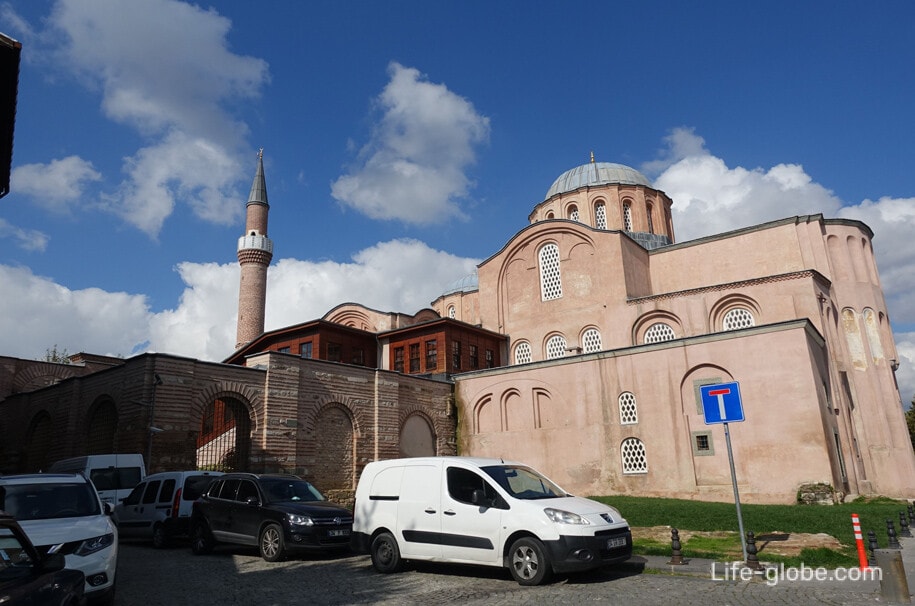
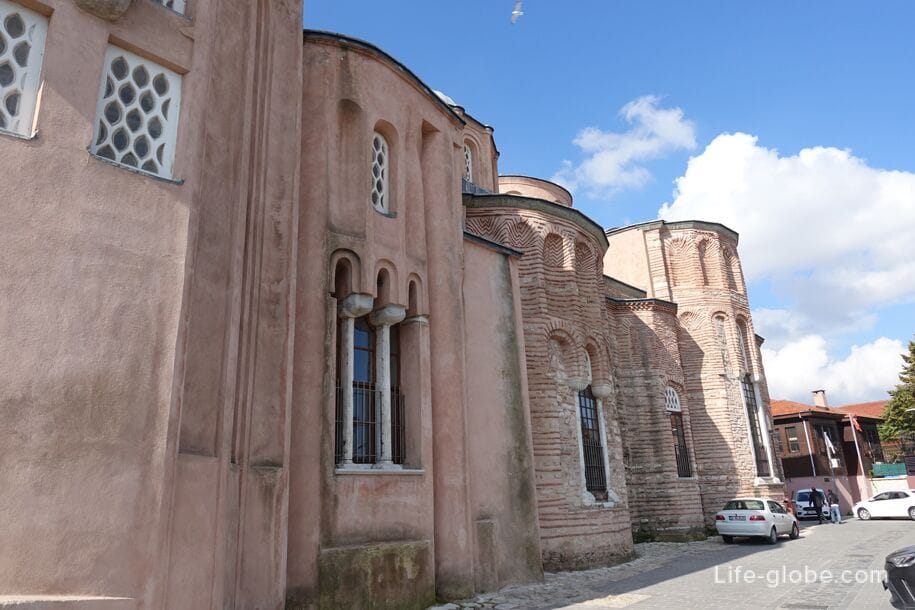
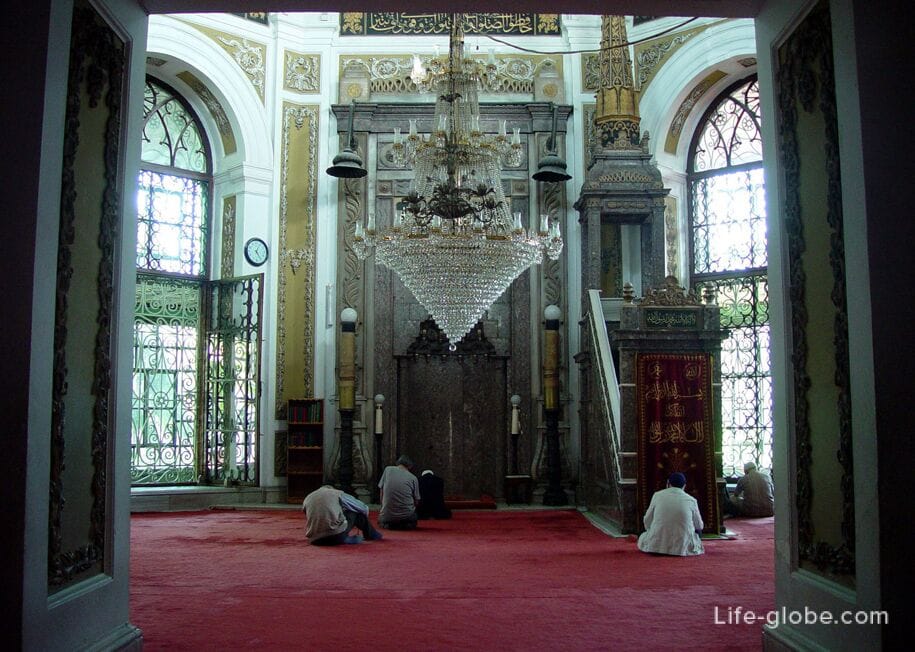

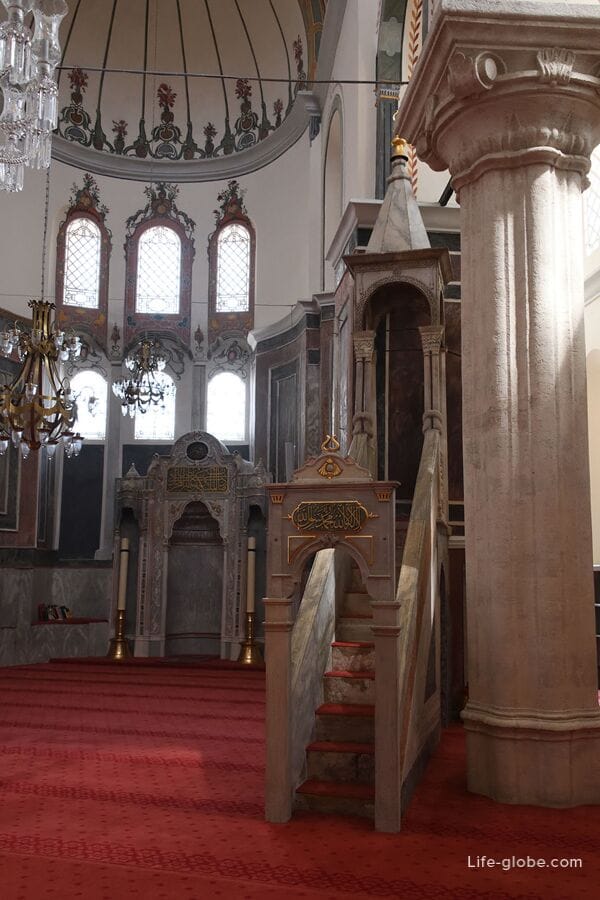
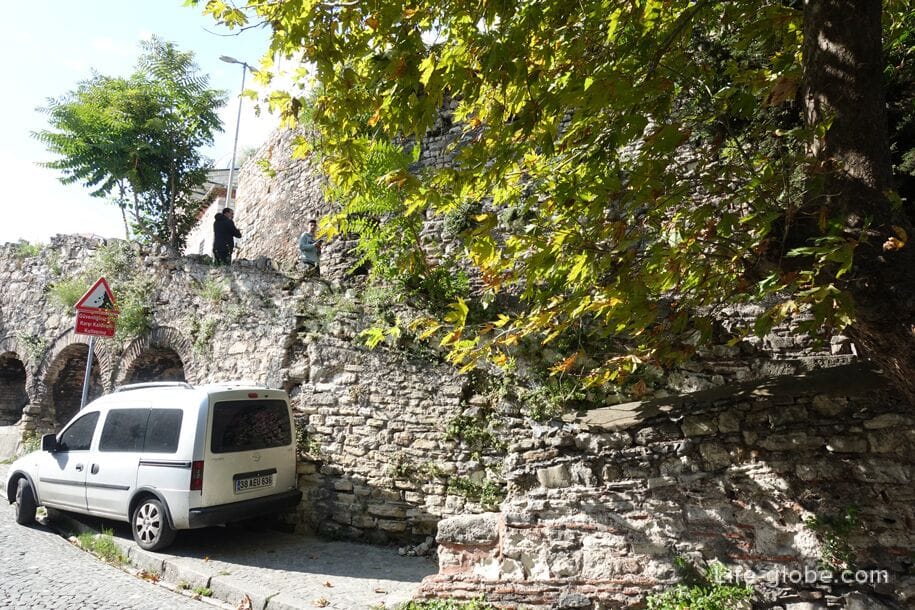
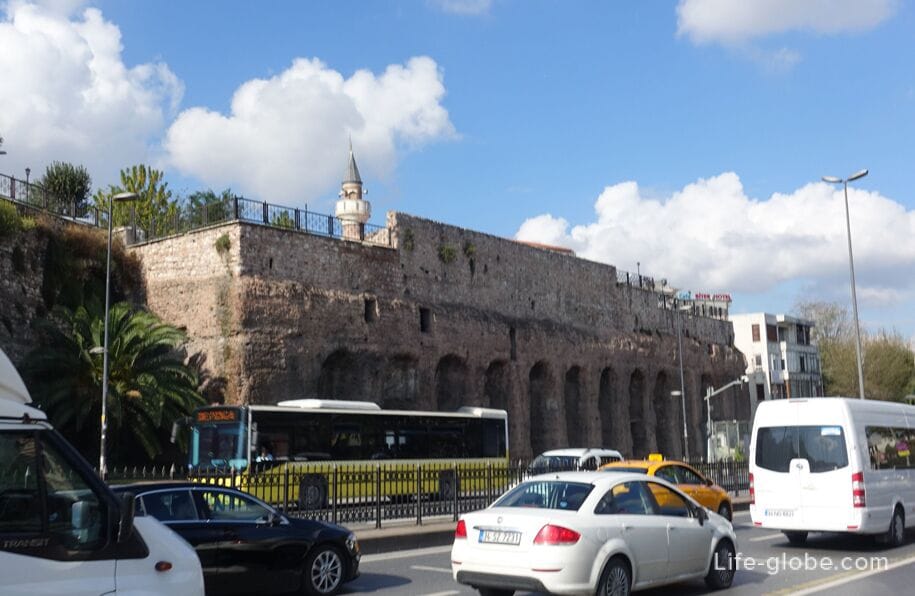
Near the complex, in its territorial composition, there is now a panoramic restaurant-cafe "Fatih Beledyesi Zeyrek Cafe" with an outdoor terrace and a viewing platform.
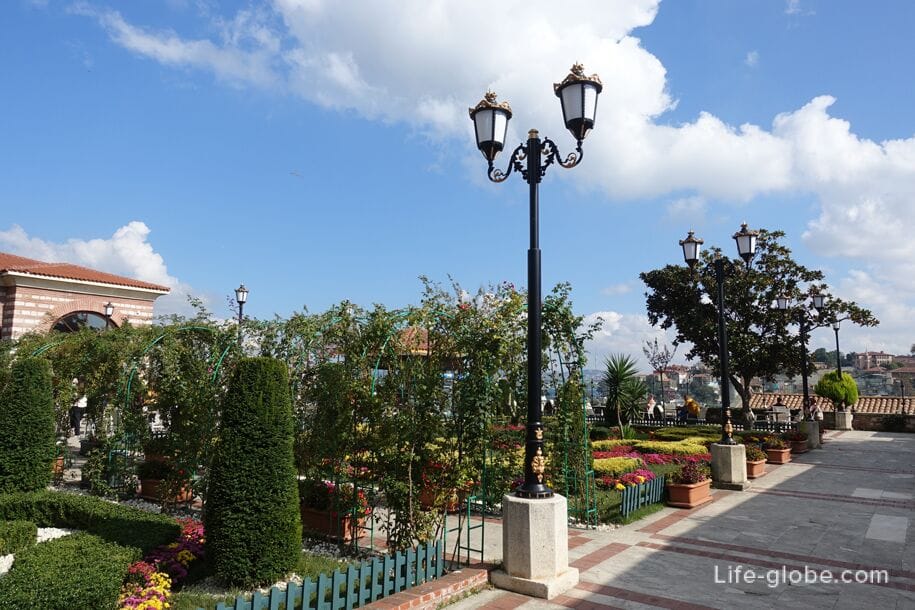
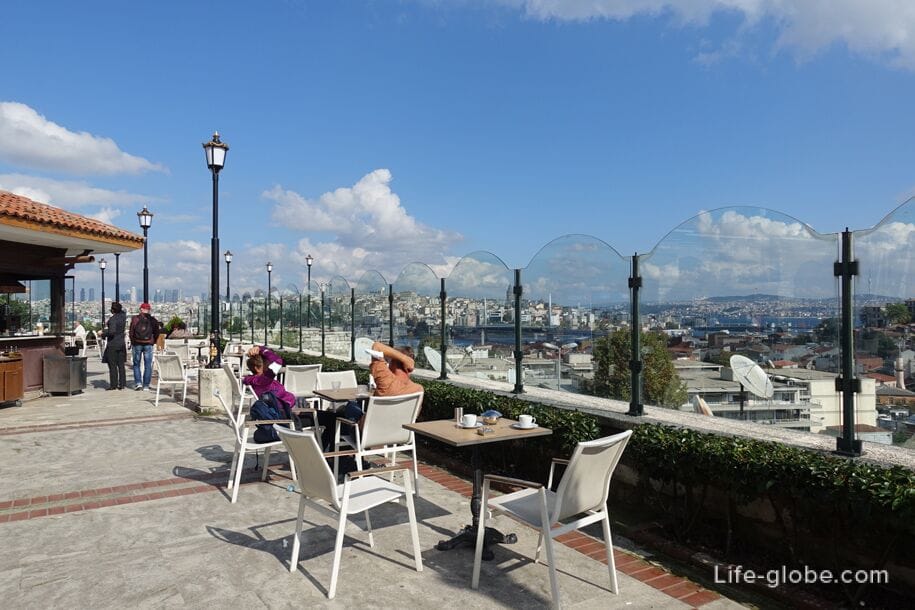
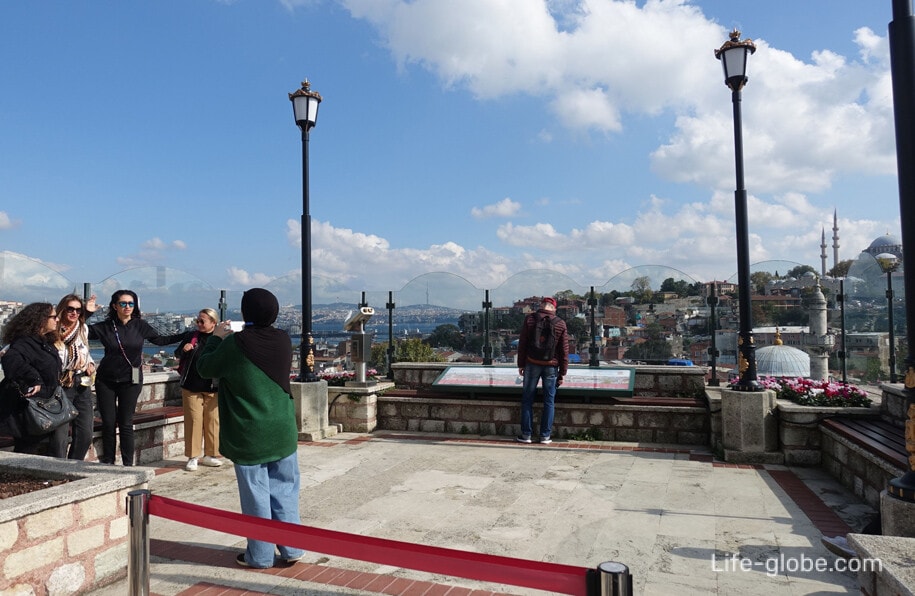
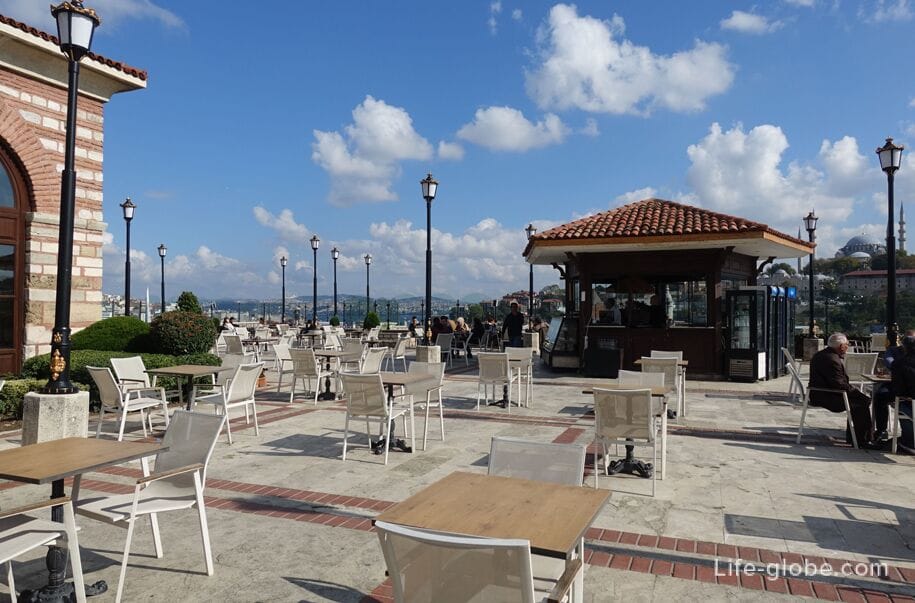
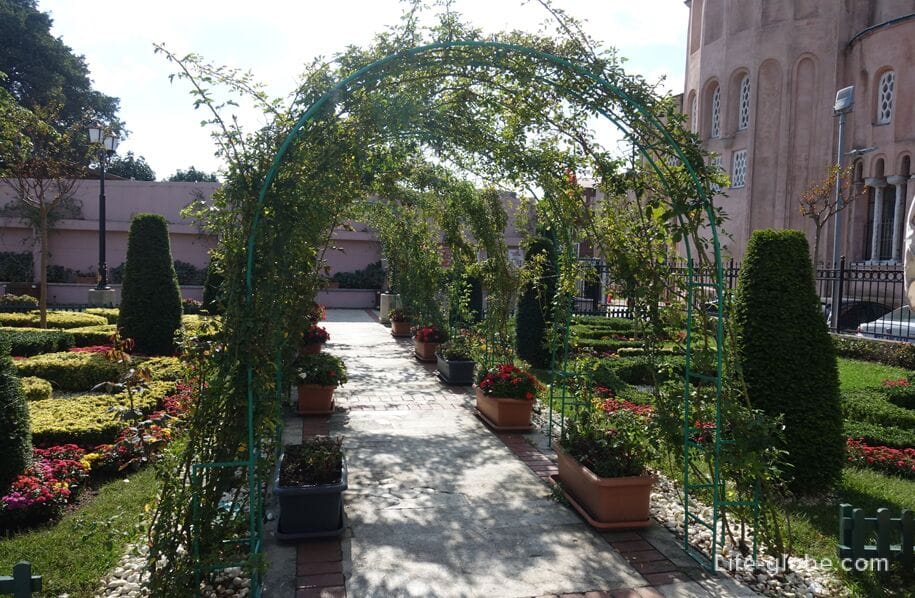
From the observation deck, which you can go through the cafe tables, while it is not necessary to order something, there are wonderful views of the European and Asian sides of Istanbul, including the Golden Horn Bay, two-level Galata Bridge, The Galata Tower with a 360-degree observation deck and the Suleymaniye Mosque, on the territory of which there is also an observation deck.
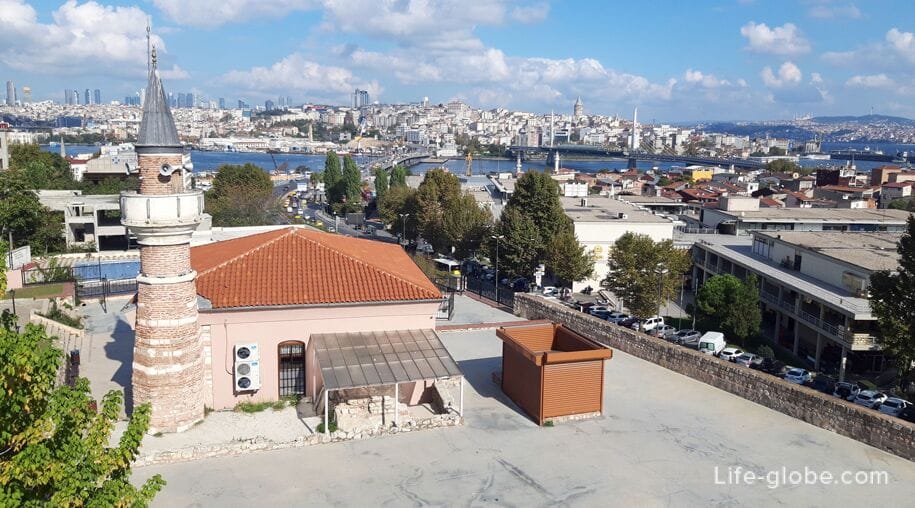
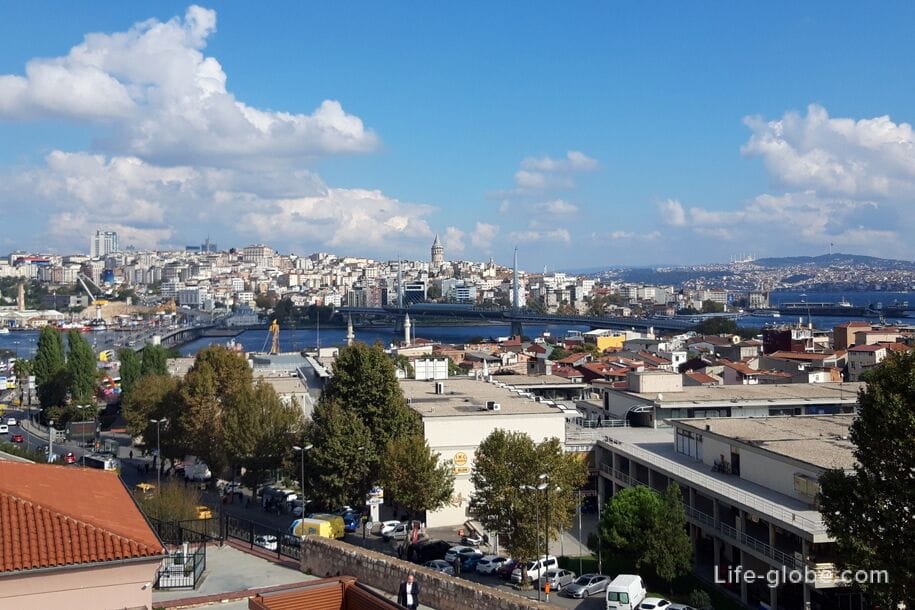
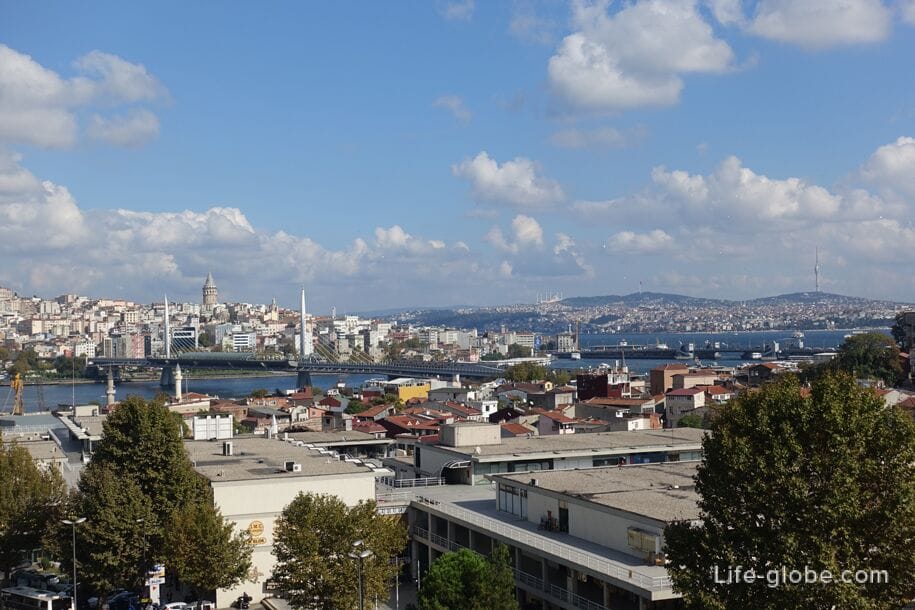
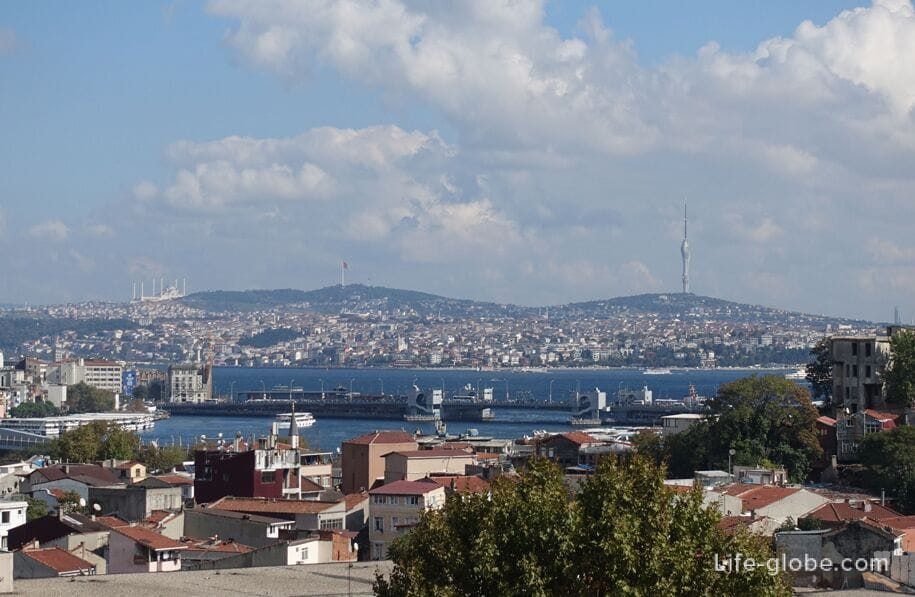

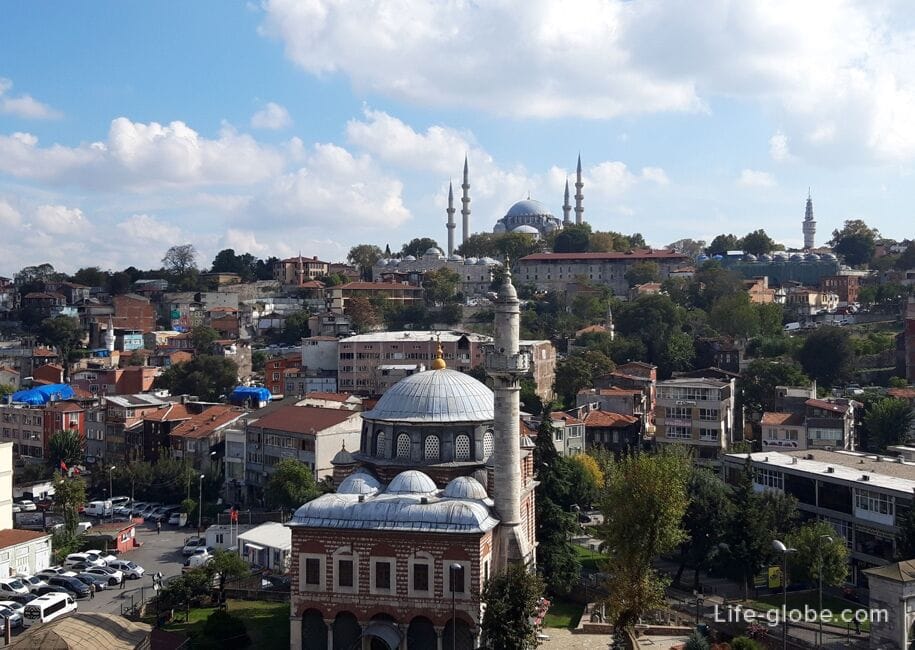
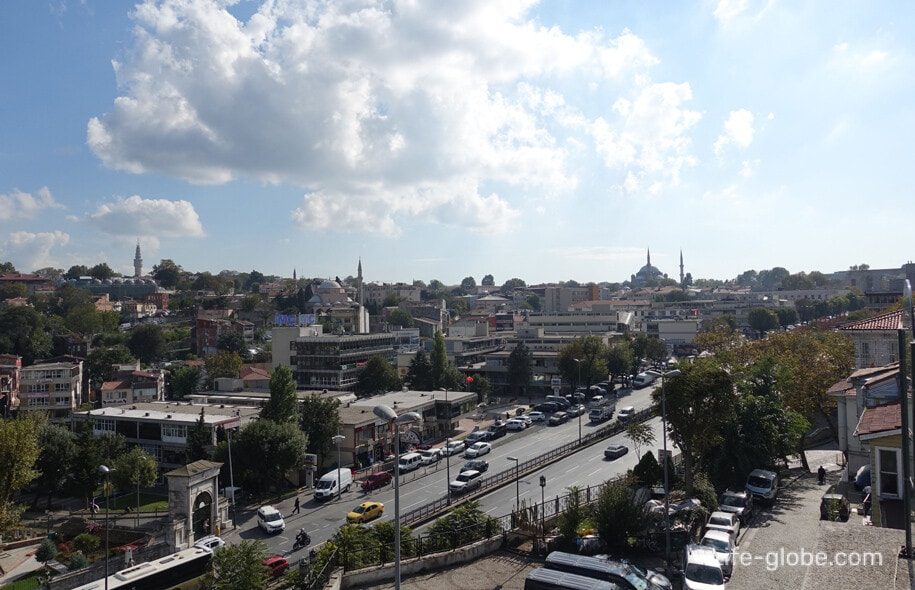
The complex is located on the European side of Istanbul, in the Fatih district, in the Zeyrek quarter.
Address of the complex: Zeyrek, Ibadethane Sk. No:2, 34083 Fatih/Istanbul, Turkey.
Coordinates of the complex: 41°01'11.0"N 28°57'26.0"E (41.019722, 28.957222).
All accommodation facilities in Istanbul, including in the historical center, on the European and Asian sides of the city, can be viewed and booked here